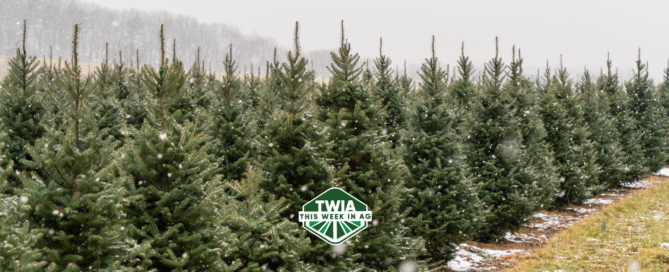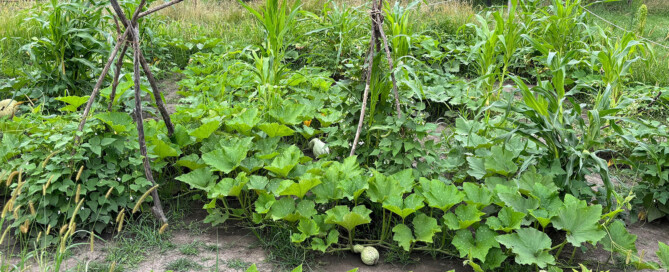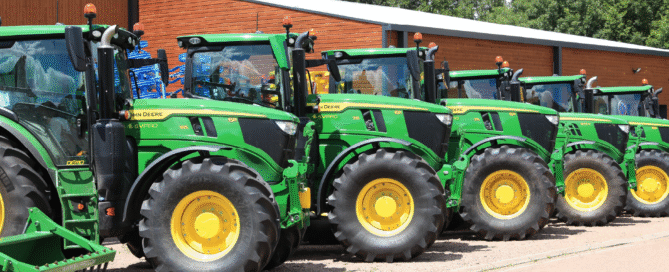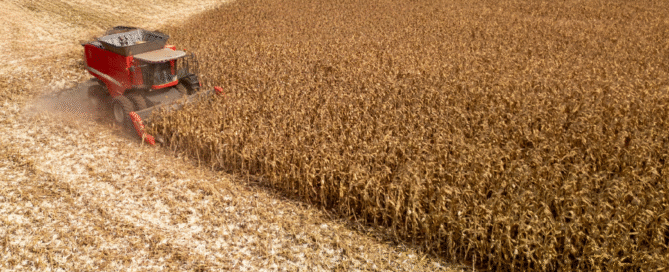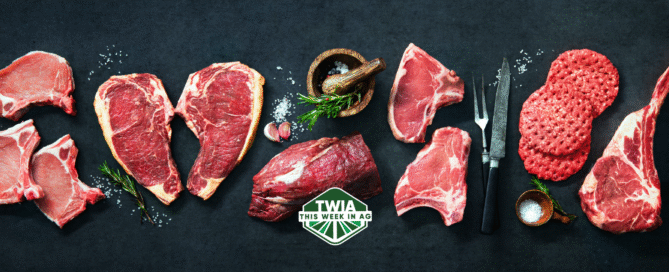Dreaming of a USDA Christmas
USDA’s newly announced $12 billion relief package is meant to serve as a bridge for U.S. farmers facing mounting financial pressure. However, with rising input costs, trade disruptions, and a reliance on record subsidies, many growers will spend their checks before they even arrive.


